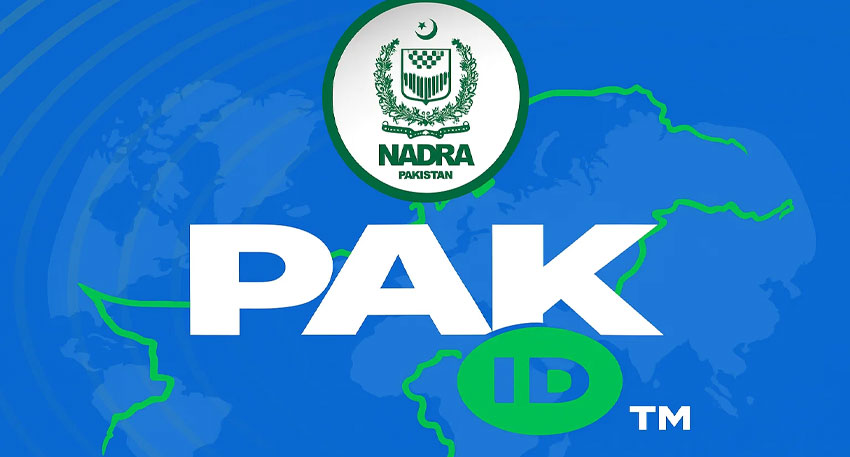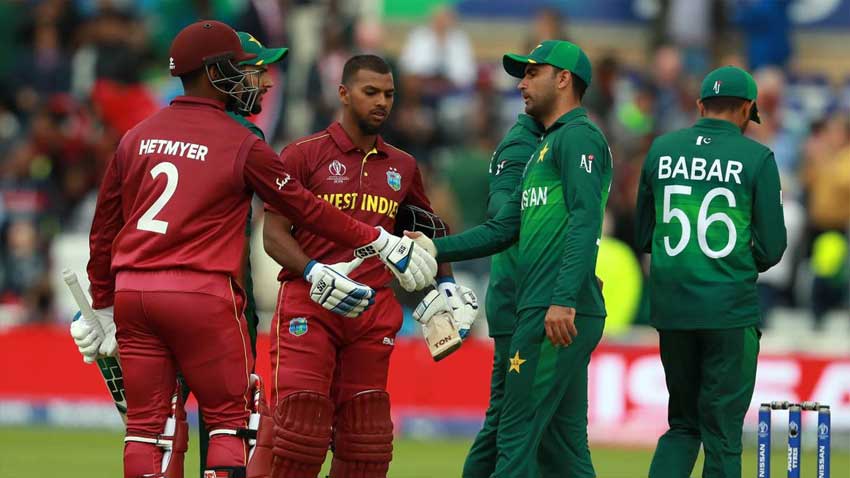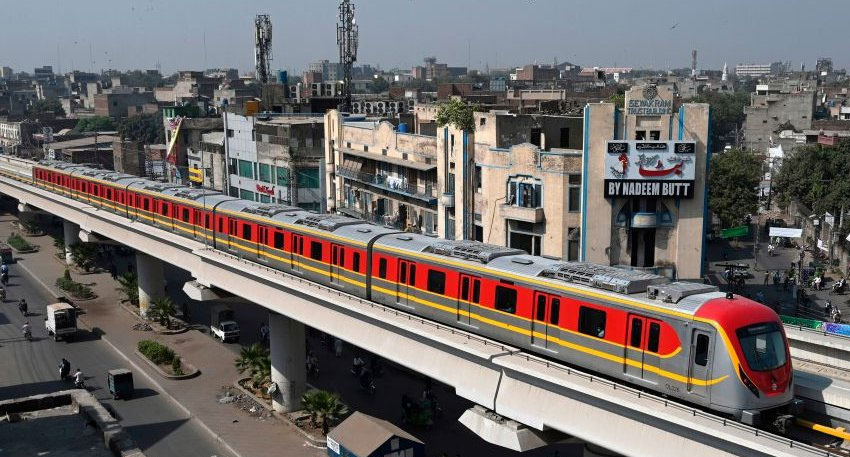
The previous day’s closing, the Greenback was Rs284.21. Despite this dip in the interbank rate, open market dynamics remained slightly higher.
As per the Forex Association of Pakistan (FAP), the dollar was being bought at Rs285.50 and sold at Rs286.55, reflecting market volatility and speculative activity.
Adding to the shifting forex scene, the Euro also saw a notable fall. It declined by Rs1.46, closing at Rs332.88 as reported by the State Bank of Pakistan. Market watchers attribute this drop to ongoing shifts in regional economic sentiment and interest rate trends across Europe.
Meanwhile, the British Pound took a sharper hit. It dropped by Rs3.86, ending the day at Rs381.59, down from Rs385.45. Analysts suggest this could be linked to economic data coming out of the UK and global investor caution.
Read more: Interest rate expected to drop to 10.5% from July 31
The Japanese Yen inched down by 03 paisa to Rs1.91, while the Emirates Dirham and Saudi Riyal also saw minor decreases, each falling by 21 paisa to close at Rs77.17 and Rs75.55, respectively.
The currency market in Pakistan is clearly responding to a mix of global economic shifts and internal monetary strategies. The dollar’s depreciation might offer temporary relief for importers, but the broader trend of currency weakening—especially the Pound and Euro—signals uncertainty in the international financial climate. Continued fluctuations suggest that Pakistan’s exchange rates are deeply entangled with external pressures and internal policy adjustments.




